Disciplining a child is an essential aspect of parenting, as it helps shape their behavior, instill values, and promote their overall development. However, disciplining children should never be confused with punishment or control. Instead, it should be viewed as an opportunity to guide and teach them appropriate behaviors, empathy, and self-control. In this article, we will delve into effective strategies and a guide on how to discipline a child that promotes positive discipline, fostering a nurturing environment for children to grow, learn, and thrive.
How to Discipline a Child?
1. Set Clear and Consistent Boundaries:

Establishing clear boundaries is the foundation of effective discipline. Children need to understand the expectations and limits placed on their behavior. Communicate these boundaries calmly and consistently, ensuring that they are age-appropriate and easy to comprehend. Consistency is vital; children thrive in environments where rules are consistently enforced, providing them with a sense of security and structure.
2. Encourage Open Communication:

Effective discipline involves open and honest communication between parents and children. Encourage your child to express their thoughts and feelings, and actively listen to their concerns. By maintaining a non-judgmental and supportive environment, you can better understand their perspective, address their needs, and guide them toward making positive choices.
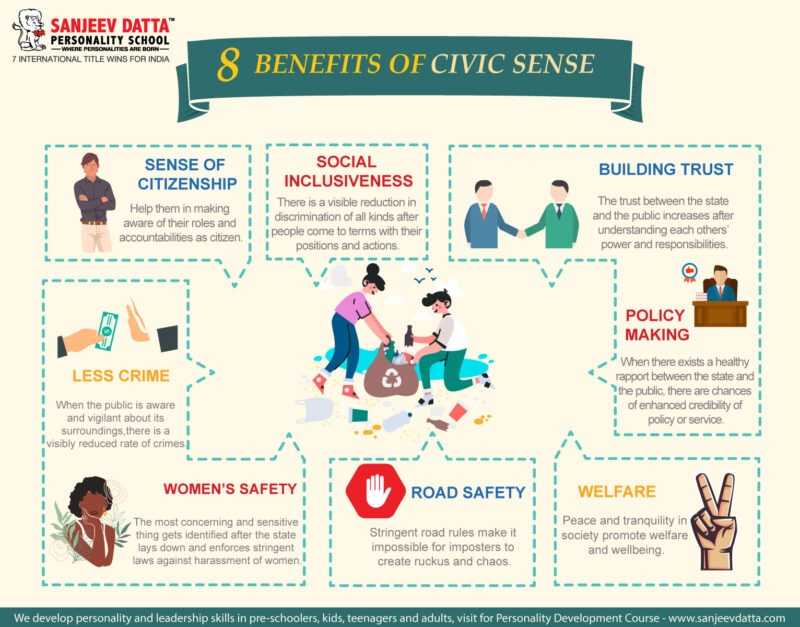
3. Positive Reinforcement:
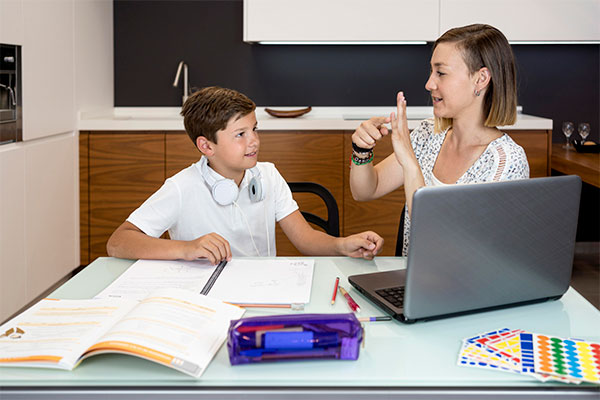
Positive reinforcement plays a vital role in disciplining children. Acknowledge and reward their good behavior, achievements, and efforts. Praise and encourage them when they exhibit desired behaviors, such as kindness, responsibility, and respect. This fosters a sense of self-worth and motivates children to continue making positive choices.
Visit: self esteem activities for kids
4. Establish Logical Consequences:
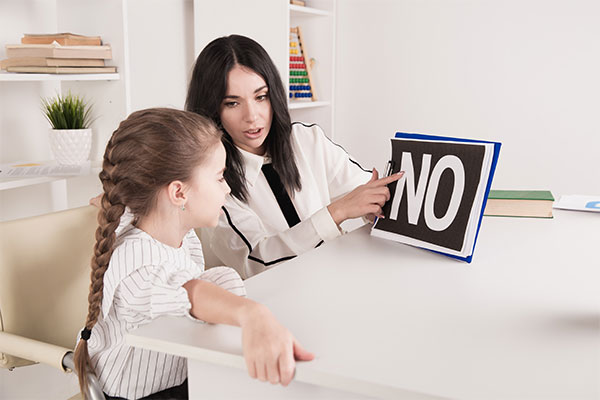
When children make poor choices or violate established boundaries, it is important to establish logical consequences. These consequences should be directly related to the behavior and offer a valuable learning experience. For example, if a child fails to clean up their toys, a logical consequence may involve temporarily losing access to their favorite toy until they demonstrate responsibility. By associating consequences with actions, children learn to take responsibility for their behaviors.
5. Teach Problem-Solving Skills:

The best personality development school allow helping children learn problem-solving skills. Instead of simply imposing consequences, guide them through the process of understanding their actions, identifying choices, and finding solutions. Encourage critical thinking and empathy.
6. Model Positive Behavior:
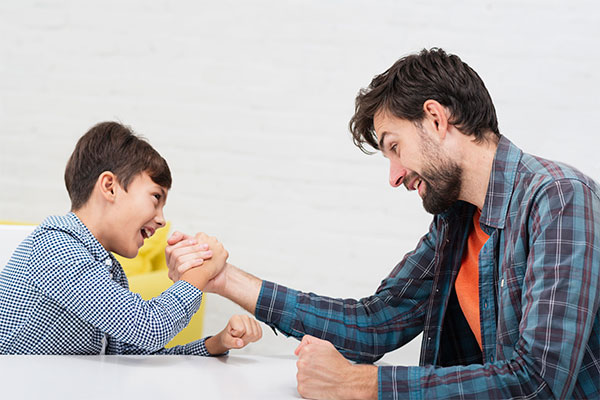
Parents serve as role models in personality development for kids, and their behavior greatly influences how children understand and respond to discipline. Model the behaviors you wish to see in your child, such as patience, respect, and effective communication. Children observe and imitate their parents, so embodying positive values and behaviors sets a powerful example and reinforces the lessons you seek to impart.
7. Practice Empathy and Understanding:
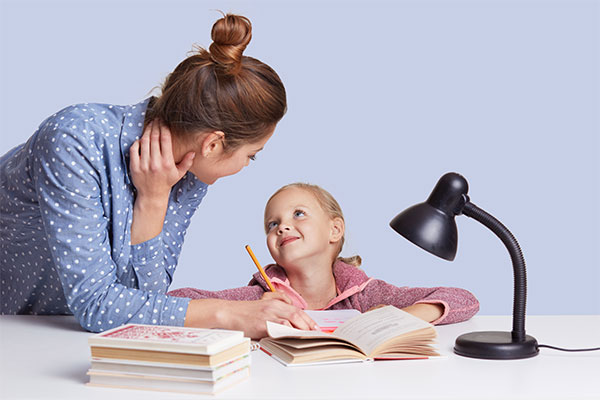
Discipline should always be rooted in empathy and understanding. Take the time to empathize with your child’s feelings and perspective, even when addressing undesirable behaviors. By showing empathy, you create an environment where your child feels safe to express themselves and learn from their mistakes without fear of harsh judgment or rejection.
8. Time-Out and Cool-Down Periods:

Time-outs can be effective in helping children calm down, reflect on their behavior, and regain self-control. Designate a quiet, safe space where your child can have a brief break from the situation. This technique allows them to cool down, process their emotions, and learn to manage their behavior more effectively.
Visit: how to motivate kids to learn
9. Use Positive Language and Encouragement:
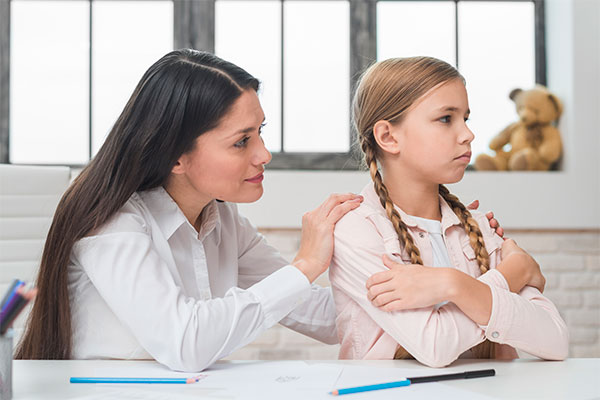
When addressing undesirable behaviors, it is important to use positive language and encouragement. Instead of focusing on what the child did wrong, emphasize what they can do better next time. For example, instead of saying, “You’re so messy!” try saying, “Let’s work together to keep your room tidy.” Positive language helps children feel supported and motivated to make positive changes.
10. Teach Conflict Resolution Skills:

Discipline provides an opportunity to teach children valuable conflict-resolution skills. Encourage them to express their feelings assertively, listen actively to others, and find mutually beneficial solutions. By teaching effective communication and negotiation skills, you empower children to resolve conflicts respectfully and constructively.
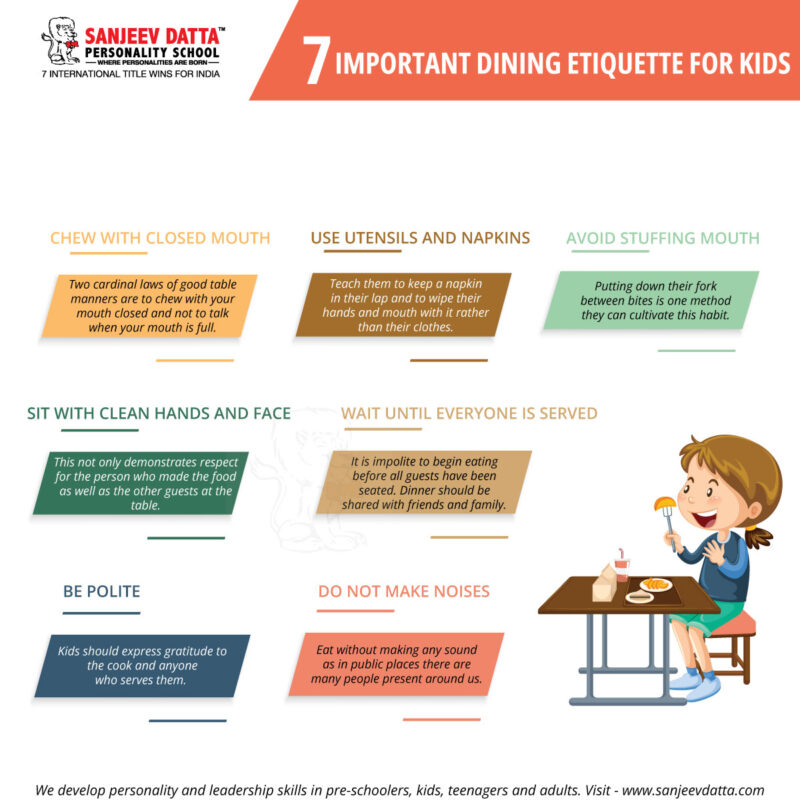
11. Consistent Follow-Through:
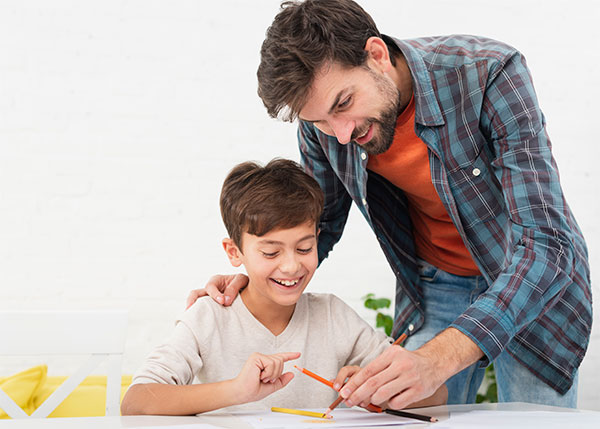
Consistency is crucial in disciplining a child. Follow through on established consequences and rewards consistently, reinforcing the understanding that actions have effects. This consistency helps children understand that rules are non-negotiable and builds their sense of accountability.
12. Foster Emotional Intelligence:

Discipline is not solely about correcting behavior; it also involves nurturing emotional intelligence. Help children recognize and express their emotions appropriately. Encourage them to identify and verbalize their feelings, providing guidance on healthy coping mechanisms such as deep breathing or engaging in calming activities. By developing emotional intelligence, children learn to regulate their emotions and make better choices.
Visit: conversation questions for kids
Disciplining a child is a delicate balance between guiding, teaching, and fostering their emotional and behavioral growth. By setting clear boundaries, encouraging open communication, and using positive reinforcement, parents can create a nurturing environment that supports their child’s development. Incorporating logical consequences, teaching problem-solving skills, modeling positive behavior, and practicing empathy further enhance the effectiveness of discipline. Remember, disciplining a child is not about control or punishment but rather a process of instilling values, promoting self-control, and nurturing their overall well-being. Hope this article has helped you better understand how to discipline a child.
Why Sanjeev Datta Personality School?
- Interview Training
- Leadership
- Presentation Training
- Social Boldness
- Dressing Etiquette
- Office Etiquette
- Communication Skills
- English Speaking
- Anger Management
- Time Management
- Team Building
- Performance Enhancer
- Soft Skills
- Goal Setting
- Career Counselling
- Student Subject Choice Counselling
- Listening Skills
- Video Presentation
- Meditation
For more details, contact us now!


